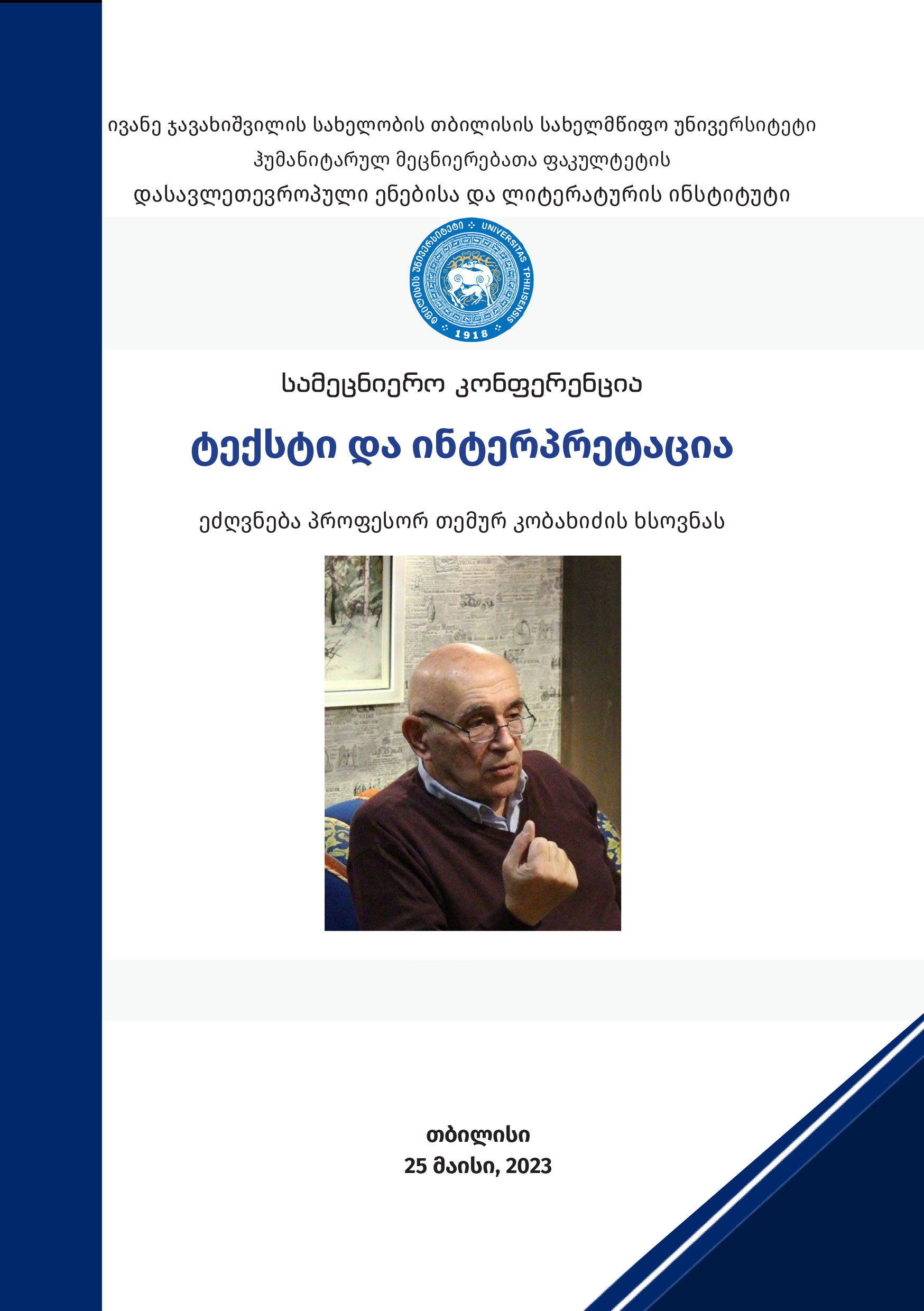The importance of allusions of Shakespeare's The Tempest T.S. Eliot's The Wasteland
DOI:
https://doi.org/10.55804/jtsu-2960-9461-2023-17Keywords:
T.S. Eliot, Shakespeare, The Tempest, The Waste LandAbstract
The purpose of the paper is to place and juxtapose T.S. Eliot, one of the most famous poets and theoreticians of the 20th century Modernism, in the context of the revaluation of Renaissance humanism, in which William Shakespeare is analyzed as a major influence and a source. In particular, the article discusses the associative purpose of Shakespeare's The Tempest in T.S. Eliot's poem “The Waste Land.”
The use of Shakespearean associations and allusions is one of the main features of Eliot's poetry, and on the basis of the comparison, the paper analyzes the complex relationship that creates a rich intertextual connection between these two writers, separated by centuries and different literary traditions. Although Eliot did not recognize the extent of Shakespeare's presence in his work, the paper argues that Shakespeare was one of the most significant and evident sources of inspiration for the poet, who uses important figures and symbols from Shakespeare's plays in a deliberate attempt to enrich his poetry with new and contrasting meanings. There is an obvious thematic connection in both works to death, resurrection, and forgiveness. In this respect, I believe we can consider The Tempest as one of the fertility myths that Eliot uses to structure the poem. Its function is clear: a contrast is created between Elizabethan and 20th century values, and the question is raised whether revival, resurrection and atonement are possible in the modern era. The motif of death in The Tempest is illusory and regenerative, something that cannot be said for any episode of “The Waste Land”. In Shakespeare's play, the emphasis is on restoration and redemption—wrongs are righted, losses are no more, and moreover, by correcting old wrongs, a better, richer future is ensured. In Eliot's poem, the focus is on loss and forgetfulness, in “The Waste Land” no one remembers anything as unconsciousness and incomprehension is a curse for the characters, which separates them from their past and any future prospects.
Assuming that “The Waste Land” allows itself to be interpreted with a hopeful ending, the allusions and references to this effect are taken from The Tempest, whose central theme is learning from past mistakes, acquiring new knowledge, and atonement, which is ultimately the key to remedying barrenness and misery. In this way, the use of associations of Shakespeare's play in Eliot’s poem is as heterogeneous as his attitude towards the great Elizabethan dramatist. Thanks to its so-called functional ambiguity, “The Waste Land” remains a constantly transforming and relevant text.
By observing the complex intertextual relationship between these two English authors, it becomes evident that Eliot's early poetry is not only an example of the new Modernist aesthetics of the 20th century, but also a continuation and, most importantly, transformation of the literary tradition that preceded it in the form of Shakespeare. In conclusion, by examining the poetic fabric of Eliot's “The Waste Land”, it becomes clear that the poet uses Shakespearean associations with parodic and contrasting purposes.
By analyzing the research topic, it is clear how diverse potential T.S. Eliot’s poetry has as the new era and new understanding not only expand the scope of interpretation of this or that work and creator, but also puts the research process in a modern, dialectical, and diverse framework.

